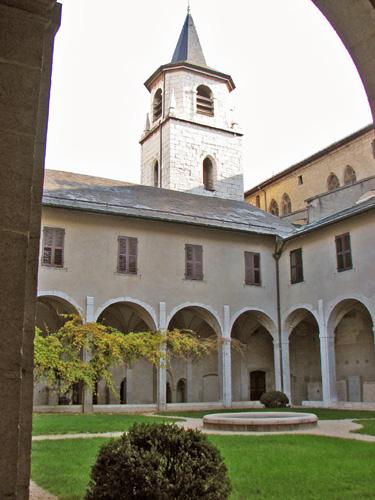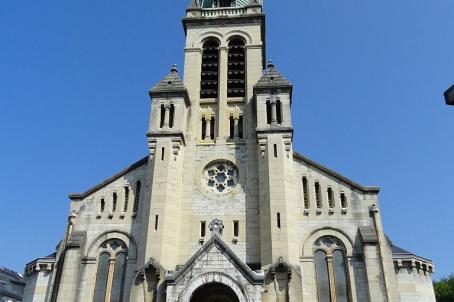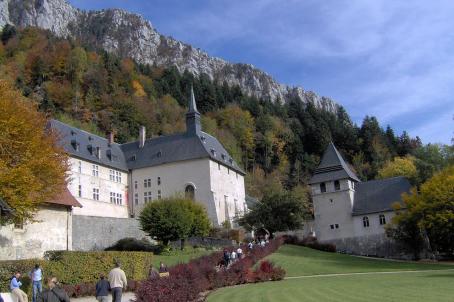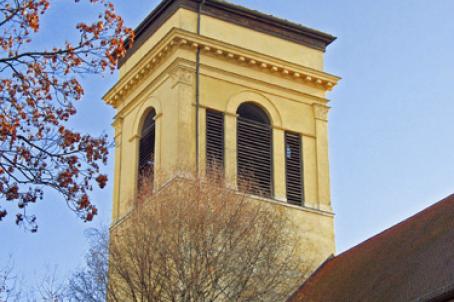Chambéry Cathedral

Church started in 1420, it was first a chapel, then a church adjoining the Franciscan convent. It was gradually enlarged. During the Revolution, it was plundered but not destroyed.
About this building
Church of elongated plan, with a high central nave flanked by aisles. The western façade is a gable wall, with a high central, carved part, containing the portal.





